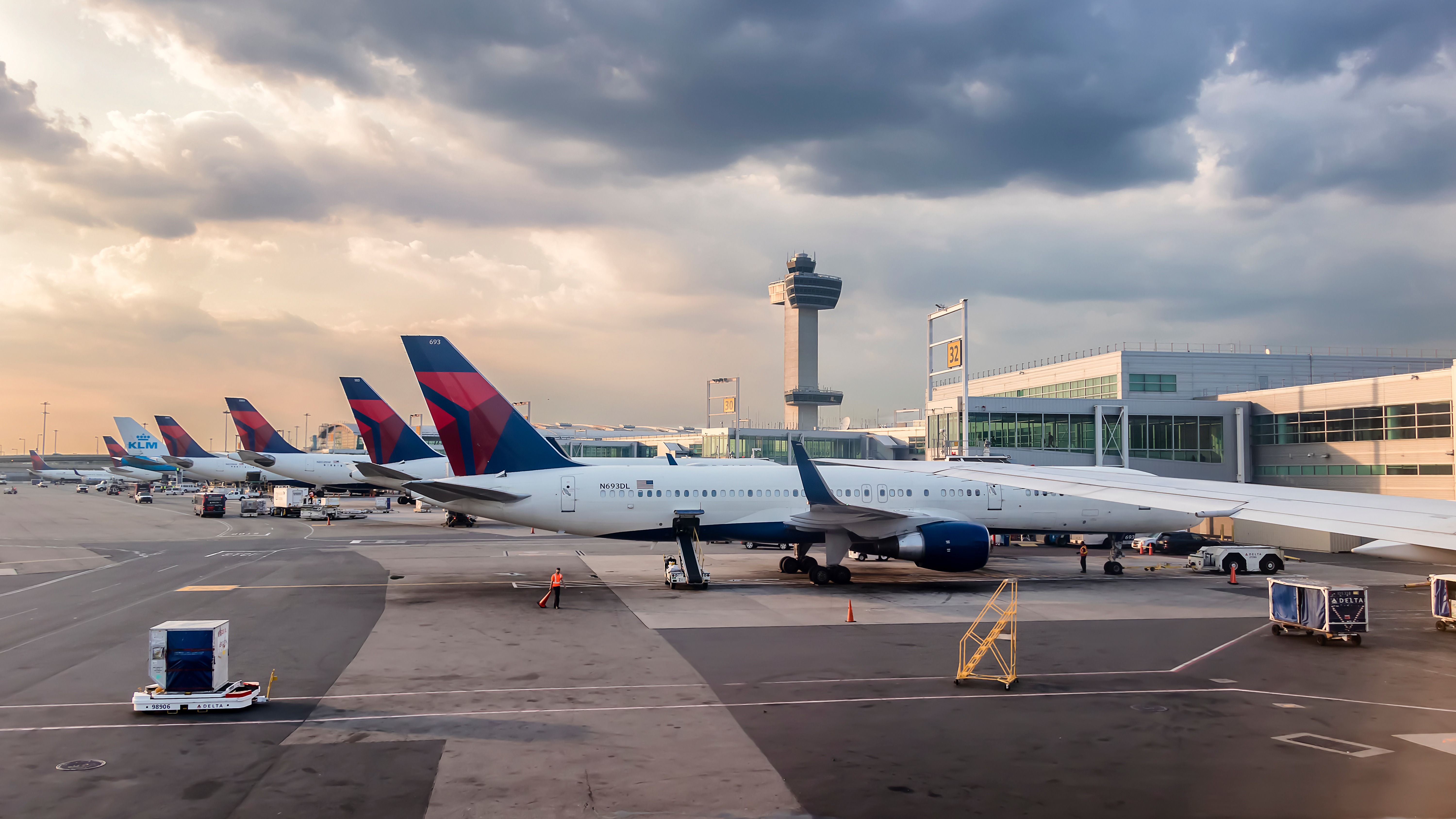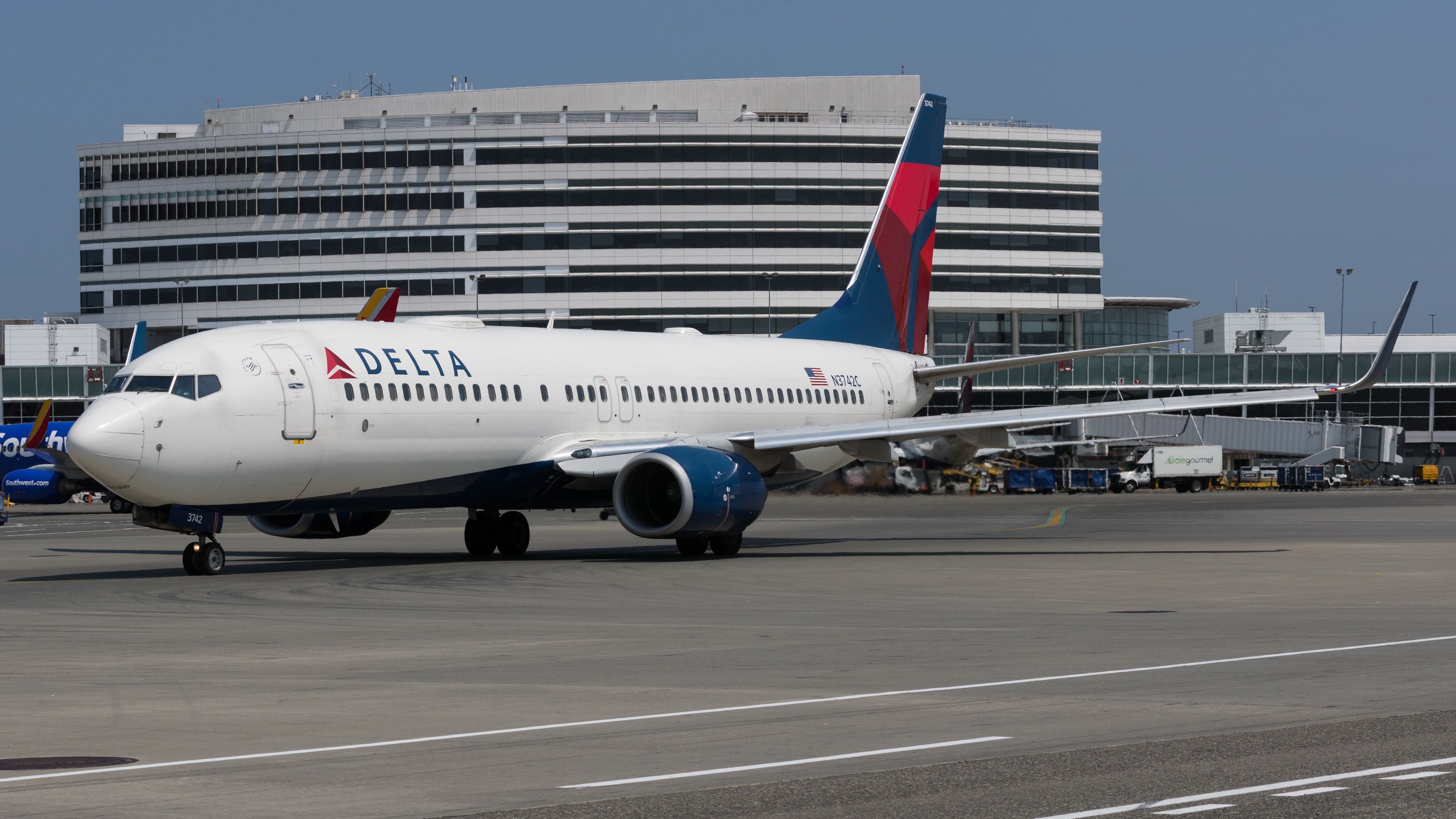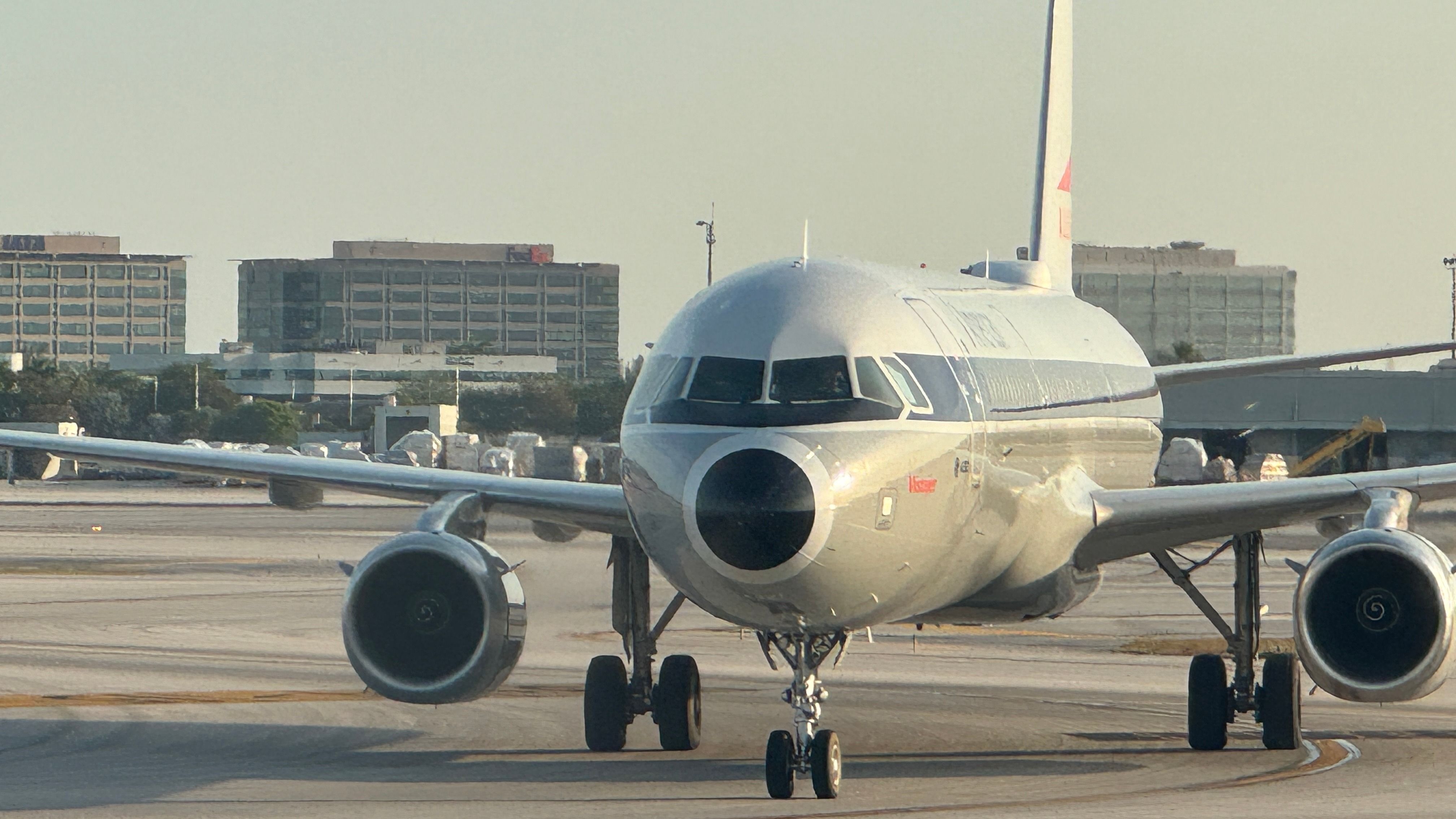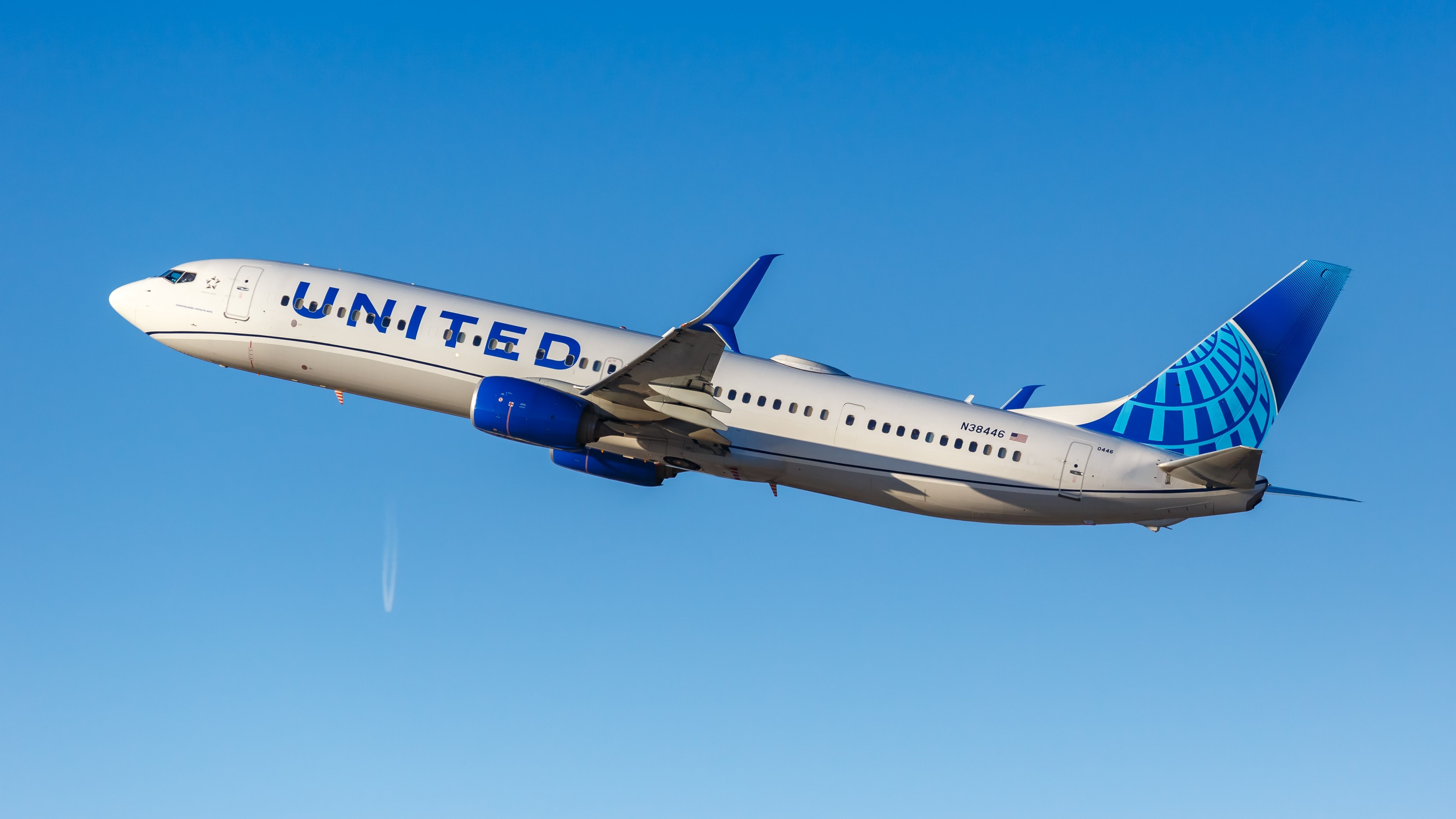Summary
- Delta Air Lines operates short-haul routes in the Southeast, connecting Atlanta and Chattanooga with only 106 miles between them.
- American Airlines has short routes between Charlotte and Greenville-Spartanburg, supporting regional connectivity in the Carolinas.
- United Airlines offers key short-haul routes in Colorado, connecting Denver and Colorado Springs, critical for passengers in these markets.
When most travelers think of airlines, they often imagine long-haul flights spanning countries and continents. However, the vast expanse of the United States also includes a network of shorter routes essential for business travelers, commuters, and tourists looking for quick connections between cities.
The three largest airlines in the US—American Airlines, Delta Air Lines, and United Airlines—each operate various short-haul routes critical to their operations and the broader US aviation landscape. Based on the latest data, let’s explore some of the shortest routes these airlines offer.
Delta Air Lines
![]() Delta Air Lines
Delta Air Lines
s, headquartered in Atlanta, Georgia, operates various short-haul routes, particularly within the southeastern United States. Two of the shortest routes in Delta’s network are between Atlanta (ATL) and Chattanooga (CHA) and vice versa. Both routes cover a distance of only 106 miles. With 118 operations (flights) on each route, these flights are essential for connecting two significant cities in Georgia and Tennessee. The route is operated by a mixture of aircraft, sometimes Boeing whilst other times it’s Airbus.
Photo: Brandon Farris | Shutterstock
The route from Chattanooga to Atlanta carries approximately 13,090 seats, with an average of 110.9 seats per departure, resulting in an Available Seat Mile (ASM) of 1,387,540. In the reverse direction, from Atlanta to Chattanooga, the number of seats slightly increases to 13,112, with an average of 111.1 seats per departure and an ASM of 1,389,872.
These short routes are crucial for Delta Air Lines because they facilitate regional connectivity and provide feeder traffic into Delta’s central hub in Atlanta. This setup allows seamless connections to Delta’s extensive domestic and international network, making these routes particularly valuable for business and leisure travelers.
American Airlines
![]() American Airlines
American Airlines
, the world’s largest airline by fleet size and revenue, also operates several short routes vital for regional connectivity. Contrary to some of its longest routes, two of the shortest routes in America’s network are between Charlotte (CLT) and Greenville-Spartanburg (GSP), covering 76 miles each way.
American Airlines operates 71 flights on each route, with a seating capacity of 10,276 from GSP to CLT and 10,254 from CLT to GSP. The average number of seats per departure is around 144.7 in one direction and 144.4 in the other, with ASMs of 780,976 and 779,304, respectively.
These routes are vital for American Airlines as they connect Greenville-Spartanburg, a significant regional market, to Charlotte, one of America’s major hubs. This connection enables passengers from smaller markets to access various domestic and international destinations through Charlotte.
United Airlines
![]() United Airlines
United Airlines
, another major player in the US aviation industry, also has a presence in the short-haul market. Some of its shortest routes are located in Colorado. United operates flights between Denver (DEN) and Colorado Springs (COS), which are only 72 miles apart.
United Airlines operates 30 flights in each direction on these routes. Both directions have a seating capacity of 4,980, with an average of 166 seats per departure. The ASM for each route is 358,560, making it a critical connection for passengers needing to travel quickly between these two Colorado cities.
These flights are particularly significant for United Airlines, connecting two critical markets within Colorado. Denver is a central hub for United – and an interesting airport for many reasons. the route to Colorado Springs provides quick access to a smaller yet strategically important market. This connectivity is essential for business and leisure travelers, allowing seamless transitions to other destinations on the United Airlines network.
A quick summary of the routes:
Cirium, an aviation analytics company, provides us with insight in greater detail:
|
Airline |
Orig |
Dest |
Miles |
Ops |
Seats |
ASMs |
|---|---|---|---|---|---|---|
|
Delta Air Lines |
CHA |
ATL |
106 |
118 |
13,090 |
1,387,540 |
|
Delta Air Lines |
ATL |
CHA |
106 |
118 |
13,112 |
1,389,872 |
|
American Airlines |
GSP |
CLT |
76 |
71 |
10,276 |
780,976 |
|
American Airlines |
CLT |
GSP |
76 |
71 |
10,254 |
779,304 |
|
United Airlines |
DEN |
COS |
72 |
30 |
4,980 |
358,560 |
|
United Airlines |
COS |
DEN |
72 |
30 |
4,980 |
358,560 |
The importance of short-haul routes
While these routes may be short in distance, their importance must be balanced. The three big US airlines’ short-haul flights serve as critical feeders into their respective hubs, enabling passengers from smaller markets to connect to a broader range of destinations.
Short-haul routes also play a vital role in maintaining the airlines’ competitiveness in various regional markets. By offering frequent services on these shorter routes, the airlines can capture a significant market share, ensuring they remain a preferred choice for passengers across the United States.
In conclusion, while the big three US airlines are often associated with long-haul international flights, their shortest routes are equally significant. These routes provide essential connectivity, support regional economies, and enhance the overall travel experience for passengers. As the aviation industry continues to evolve, these short-haul flights will remain a cornerstone of airline operations, proving that sometimes, shorter is better.





